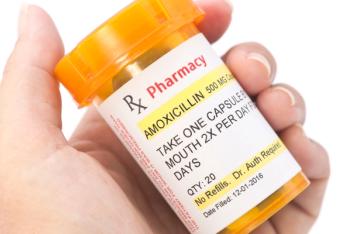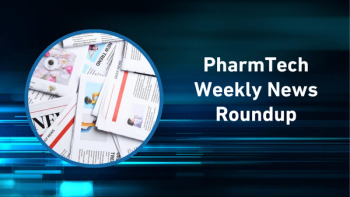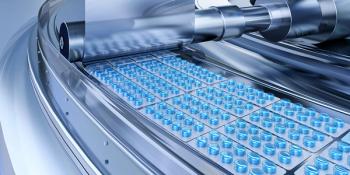
- Pharmaceutical Technology October 2025
- Volume 49
- Issue 8
- Pages: 8
From Discovery to Delivery: Evolving Practices in Pharma
Key Takeaways
- Bioanalytical innovation is essential for product safety, regulatory compliance, and development speed amid increasing drug modality complexity.
- AI and machine learning are revolutionizing formulation development, addressing challenges in molecular complexity and delivery.
This issue showcases strategies that organizations are adopting to stay competitive as pressing industry trends shape the sector.
The pharmaceutical industry is in a period of rapid transformation, driven by scientific innovation, regulatory expectations, and the increasing complexity of therapies. This issue highlights the most pressing trends shaping the sector and the strategies that organizations are adopting to stay competitive.
In our cover story, Susan Haigney explores innovative approaches to bioanalysis, in which automation and novel methodologies are expanding capabilities for faster and more reliable results. As the complexity of drug modalities increases, bioanalytical innovation is no longer optional; it is essential for ensuring product safety, regulatory compliance, and development speed.
Equally critical is formulation development. Cynthia Challener examines how artificial intelligence (AI) and machine learning are being applied to predictive modeling for small molecules, where drug candidates present formidable challenges in molecular complexity and delivery.
Advances in digitalization and automation of aseptic processing are helping organizations address the growing diversity of injectable drug products. Streamlined, technology-enabled approaches are reducing human intervention, improving sterility assurance, and enhancing scalability.
This issue also delves into mechanistic modeling of renal clearance, with Akanksha Prasad providing insights into optimizing dosing strategies for elderly patients. As patient populations age, this type of research is vital to balancing efficacy with safety in clinical care.
Data integration and digital transformation remain central to the industry’s progress. Jennifer Markarian highlights how better use of process data, enhanced by AI and advanced analytics, is enabling smarter process control and more connected manufacturing systems.
Patrick Lavery examines FDA’s push for greater quality, integrity, and uniformity, particularly in the context of advanced manufacturing and batch control. Our Ask the Expert section takes a look at the importance of real-world evidence used in pharmacovigilance.
As these articles show, the future of pharma lies in a careful balance: adopting cutting-edge technologies while upholding rigorous standards of quality and safety. The organizations that succeed will be those that embrace innovation while keeping patients at the center of every decision.
About the author
Mike Hennessy Jr is Chairman and CEO of MJH Life Sciences®.
Article details
Pharmaceutical Technology®
Vol. 49, No. 8
October 2025
Page: 8
Citation
When referring to this article, please cite it as Hennessy, M. From Discovery to Delivery: Evolving Practices in Pharma. Pharmaceutical Technology 2025 49 (8).
Articles in this issue
2 months ago
Real-World Evidence as Part of Pharmacovigilance3 months ago
Optimizing Data Use for Digital TransformationNewsletter
Get the essential updates shaping the future of pharma manufacturing and compliance—subscribe today to Pharmaceutical Technology and never miss a breakthrough.





